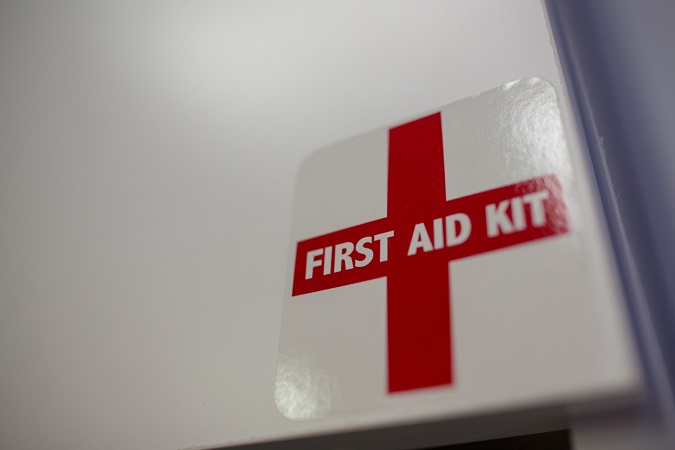Risk assessments are essential for any responsible business, and for an organisation employing lone workers they provide the foundation of safety policies.
To make the development of a risk assessment easier the Health & Safety Executive suggests dividing it into 5 stages.
Identify Hazards
This is the essential starting point for any risk assessment.
The specific hazards a worker may face will depend on the nature of their employment so it’s a good idea to do a ‘walk-through’ of a typical day, thinking about all the vulnerabilities encountered.
A familiar routine can often lull us into a false sense of security, so the Health & Safety Executive suggests considering the following aspects:
- Check manufacturers’ instructionsor data sheets for chemicals and equipment as they can be very helpful in spelling out the hazards and putting them in their true perspective
- Look back at your accident and ill-health records– these often help to identify the less obvious hazards
- Take account of non-routineoperations (eg maintenance, cleaning operations or changes in production cycles)
- Remember to think about long-term hazards to health(eg high levels of noise or exposure to harmful substances)
- Visit theHSE website. HSE publishes practical guidance on hazards and how to control them
Decide who may be harmed and how
Once you have identified the hazards you now need to consider who will be exposed to them and how they may be harmed.
In the case of lone workers the employee is usually the main concern, however if your business also has a static office you may need to take into account the safety of visitors etc.
How the employee may be harmed is also key. You will take very different steps to protect individuals from slips and falls vs interpersonal aggression.
Evaluate the risks and decide what steps are to be taken
At this stage you need to take into account:
- How likely the it is that harm will occur
- Can you get rid of the hazard altogether?
- If not how can you minimise the danger to you team?
Many lone workers are unable to avoid the risks inherent in their jobs, and as such employers need to take steps to reduce the risk of harm. One of the main ways to protect remote workers is to provide them with some form of protection system.
Record your significant findings
Once you have completed your risk assessment record your major findings.
The HSE provides templates to ensure you cover all essential aspects. You can find these on their website.
Note: If you have 5 workers or less you don’t need to have a written risk assessment, however to protect your staff and organisation it is always best to have a plan in place.
Review and update your risk assessment
Ensure you re-evaluate and update your risk assessment on a regular basis. A yearly schedule should be sufficient, however be aware of any potential changes within the company.
If there are any developments within your organisation it is a good idea to take a look at the risk assessment to see whether it needs updating.
For more information about Risk Assessments and best practice take a look at the Health & Safety Executive website.

